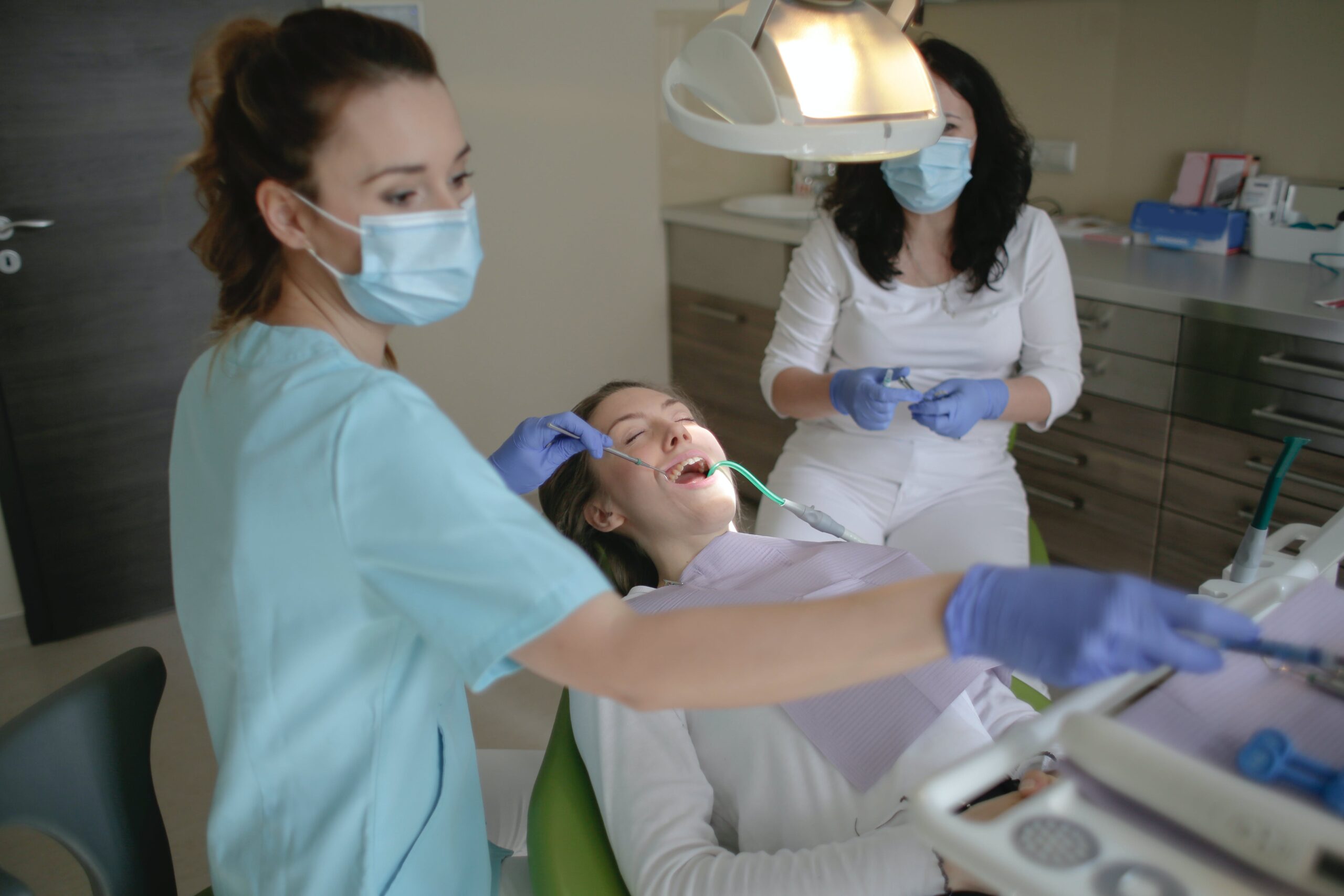You may have heard of dentists using Novocain to numb patients’ mouths, but Novocain is not actually used anymore. Modern dentists use much safer & more effective drugs such as Lidocaine. These are usually combined with other substances such as vasoconstrictors to increase the effectiveness & duration of the anaesthesia.
There are two kinds of local anaesthetics that dentists use to numb your mouth. The first is called a topical anaesthetic, which is swabbed over a small area on the surface of your mouth or gums. In most cases, this is used to numb the area where the dentist plans to inject the other kind of local anaesthetic. The injectable anaesthetic is what we rely on to keep you comfortable & pain-free.



